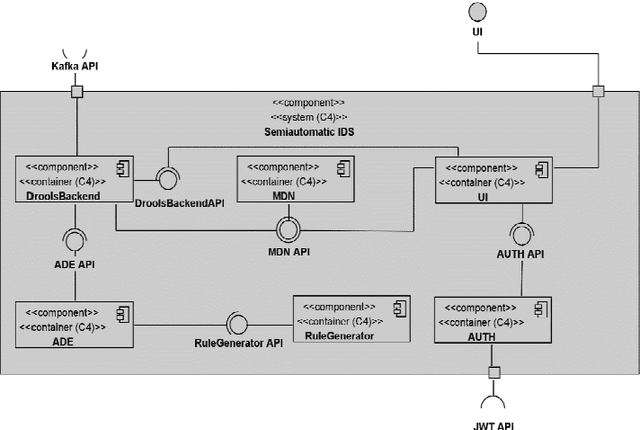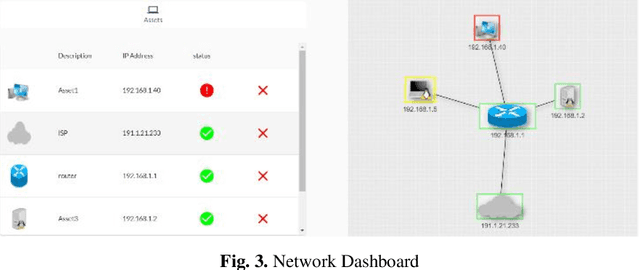Orlando Sousa
An IoT Cloud and Big Data Architecture for the Maintenance of Home Appliances
Oct 25, 2022



Abstract:Billions of interconnected Internet of Things (IoT) sensors and devices collect tremendous amounts of data from real-world scenarios. Big data is generating increasing interest in a wide range of industries. Once data is analyzed through compute-intensive Machine Learning (ML) methods, it can derive critical business value for organizations. Powerfulplatforms are essential to handle and process such massive collections of information cost-effectively and conveniently. This work introduces a distributed and scalable platform architecture that can be deployed for efficient real-world big data collection and analytics. The proposed system was tested with a case study for Predictive Maintenance of Home Appliances, where current and vibration sensors with high acquisition frequency were connected to washing machines and refrigerators. The introduced platform was used to collect, store, and analyze the data. The experimental results demonstrated that the presented system could be advantageous for tackling real-world IoT scenarios in a cost-effective and local approach.
A Comparative Analysis of Machine Learning Techniques for IoT Intrusion Detection
Dec 08, 2021



Abstract:The digital transformation faces tremendous security challenges. In particular, the growing number of cyber-attacks targeting Internet of Things (IoT) systems restates the need for a reliable detection of malicious network activity. This paper presents a comparative analysis of supervised, unsupervised and reinforcement learning techniques on nine malware captures of the IoT-23 dataset, considering both binary and multi-class classification scenarios. The developed models consisted of Support Vector Machine (SVM), Extreme Gradient Boosting (XGBoost), Light Gradient Boosting Machine (LightGBM), Isolation Forest (iForest), Local Outlier Factor (LOF) and a Deep Reinforcement Learning (DRL) model based on a Double Deep Q-Network (DDQN), adapted to the intrusion detection context. The most reliable performance was achieved by LightGBM. Nonetheless, iForest displayed good anomaly detection results and the DRL model demonstrated the possible benefits of employing this methodology to continuously improve the detection. Overall, the obtained results indicate that the analyzed techniques are well suited for IoT intrusion detection.
A Hybrid Approach for an Interpretable and Explainable Intrusion Detection System
Nov 19, 2021



Abstract:Cybersecurity has been a concern for quite a while now. In the latest years, cyberattacks have been increasing in size and complexity, fueled by significant advances in technology. Nowadays, there is an unavoidable necessity of protecting systems and data crucial for business continuity. Hence, many intrusion detection systems have been created in an attempt to mitigate these threats and contribute to a timelier detection. This work proposes an interpretable and explainable hybrid intrusion detection system, which makes use of artificial intelligence methods to achieve better and more long-lasting security. The system combines experts' written rules and dynamic knowledge continuously generated by a decision tree algorithm as new shreds of evidence emerge from network activity.
 Add to Chrome
Add to Chrome Add to Firefox
Add to Firefox Add to Edge
Add to Edge